
You’ve got your peonies in place, but now you need the right companions. Some plants thrive alongside peonies, while others compete for space and nutrients. Want to know which plants are the best fit? Let’s first explore the plants to pair with your peonies.
Lavender
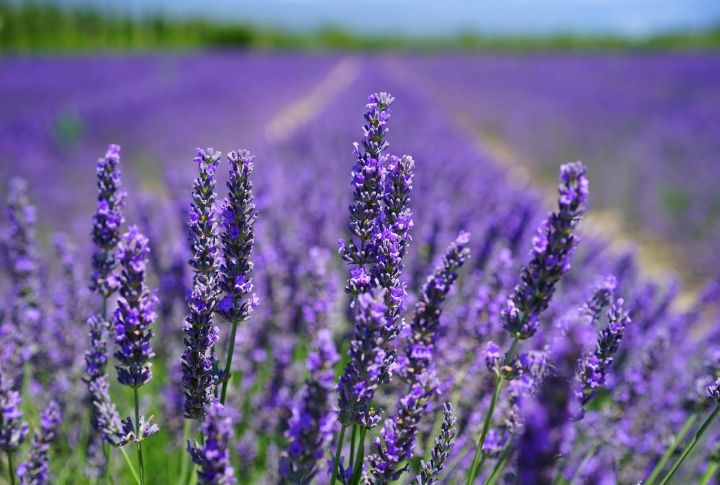
Peonies and lavender make an ideal pairing, both preferring full sunlight and well-drained soil. After peonies finish blooming in late spring or early summer, lavender’s purple blooms provide color and fragrance, extending the visual appeal of the garden. Lavender’s low maintenance also ensures it won’t compete with peonies in terms of care needed.
Hostas

Planting hostas with peonies creates a striking contrast—broad, dense foliage next to soft, colorful blooms. Hostas also act as natural ground cover, helping to suppress weeds around peony bases. Their thick leaves retain soil moisture, supporting healthier root systems and reducing the need for frequent watering.
Daylilies

Daylilies start blooming just as peonies finish, so your garden doesn’t have a gap in color. They like the same growing conditions of sunny spots and soil that drains well. These flowers are also low-maintenance and bloom for weeks, making them an easy follow-up to shorter-lived peony flowers.
Astilbes
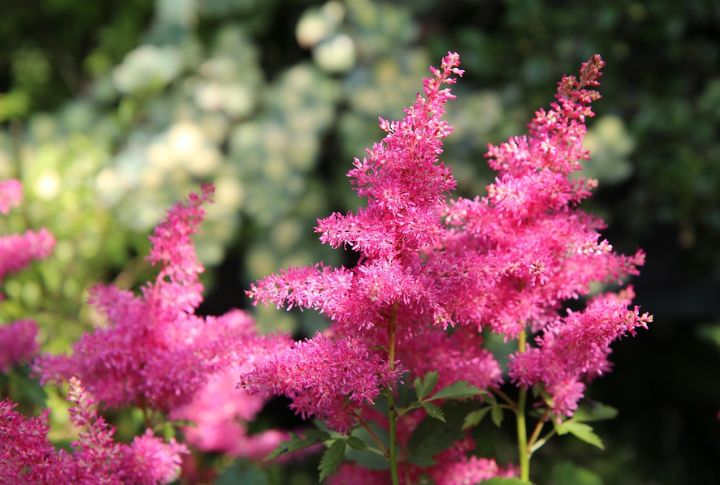
Astilbes thrive in shadier, cooler corners of the garden where sunlight is limited but moisture is abundant. Their feathery plumes and textured foliage create contrast next to the bold form of peony blooms. Rather than competing, they fill in visual gaps and maintain interest in areas where peonies might decline due to heat.
Coneflowers
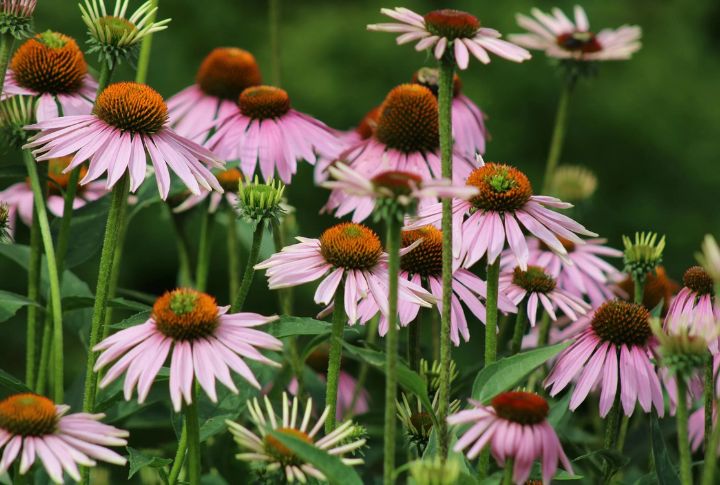
Coneflowers bloom just as peony petals fall, filling the gap with upright color. The two enjoy similar growing conditions but rarely compete underground. Bright summer petals also help cover fading peony stems and pull pollinators back into the garden during slower weeks.
Now, let’s take a look at the plants you should avoid planting with your peonies.
Tomatoes
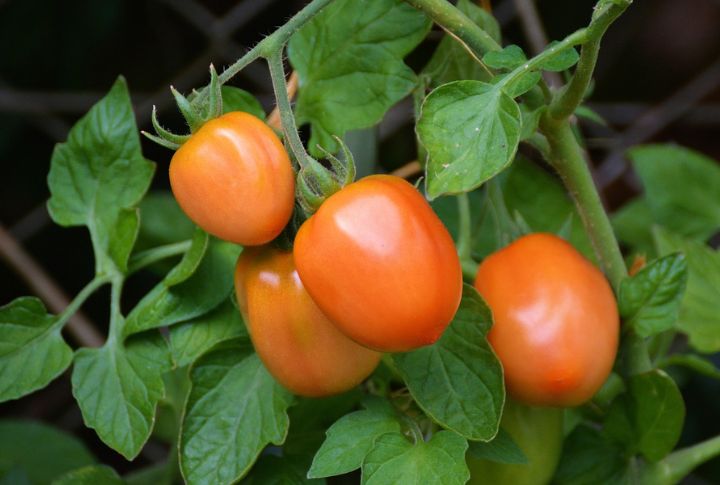
Tomatoes, while both thriving in full sun, are not ideal neighbors for peonies due to their heavy water requirements. The constant moisture that tomatoes need can lead to root rot in peonies. Additionally, tomatoes’ sprawling growth may shade peonies, preventing them from getting the necessary sunlight for healthy development.
Creeping Jenny
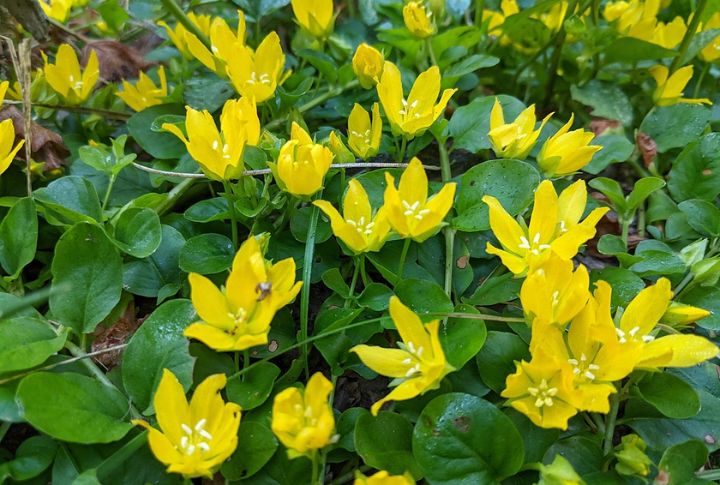
Creeping Jenny spreads fast and can smother nearby plants like peonies. It thrives in moist soil and often forms a dense mat that limits air circulation and root access. Although visually appealing, it works best in containers or isolated spots to avoid disrupting nearby growth.
Mint
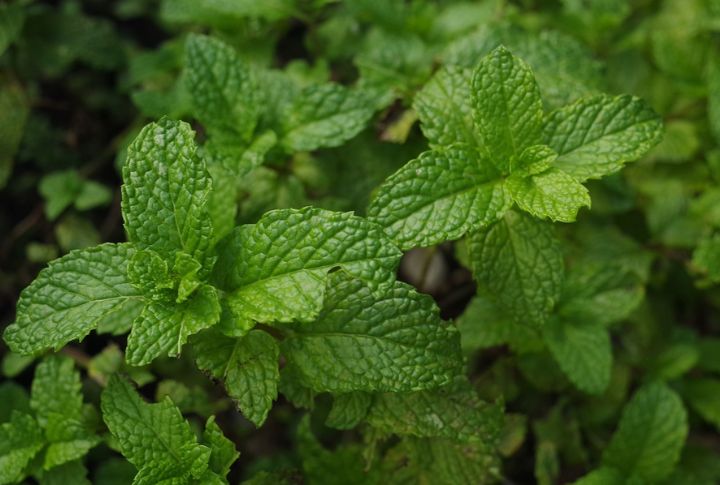
Mint may seem like a good companion for peonies due to its hardy nature, but it can quickly become a problem. The plant’s aggressive root system spreads rapidly, competing with peonies for space, water, and nutrients. This unchecked growth can also create an imbalance in soil conditions, even harming other flowers in the bed.
Squash
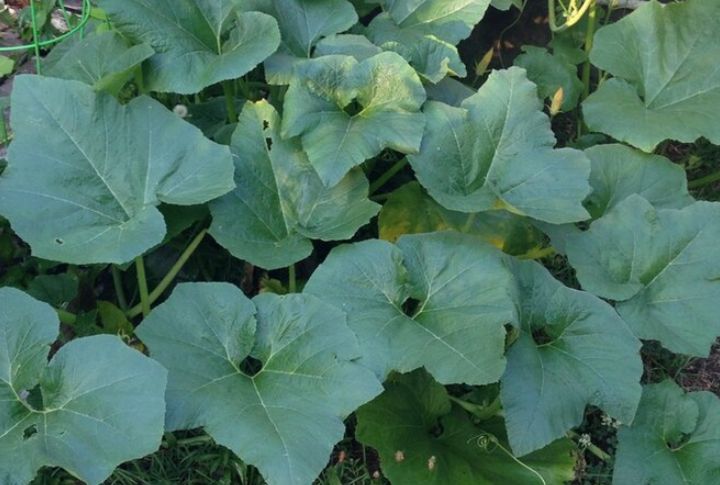
Squash plants aren’t ideal neighbors for peonies. By blocking sunlight and limiting air movement, the dense foliage creates a damp environment where mold and mildew can thrive. Squash also demands heavy feeding, which can deplete the soil and leave peonies struggling.
Fennel
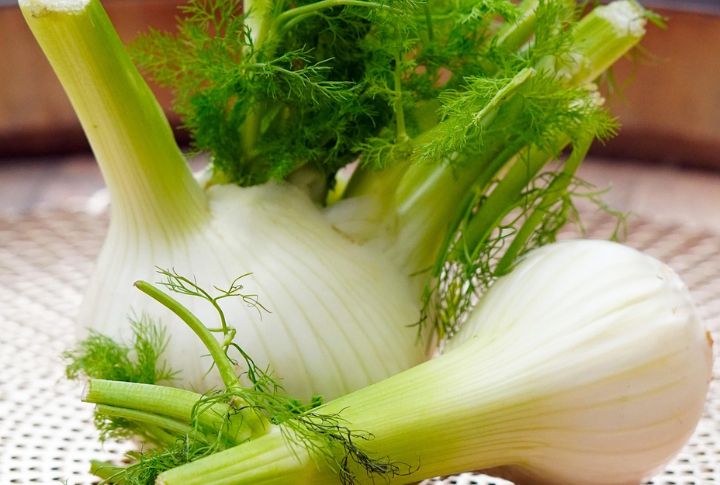
Fennel isn’t a good companion for peonies due to its allelopathic nature—it releases compounds that interfere with nearby plants. Its long roots disrupt underground balance, and the strong scent may alter nearby plant behavior. Fennel also tends to draw insects that can harm peonies, making it best planted elsewhere.

